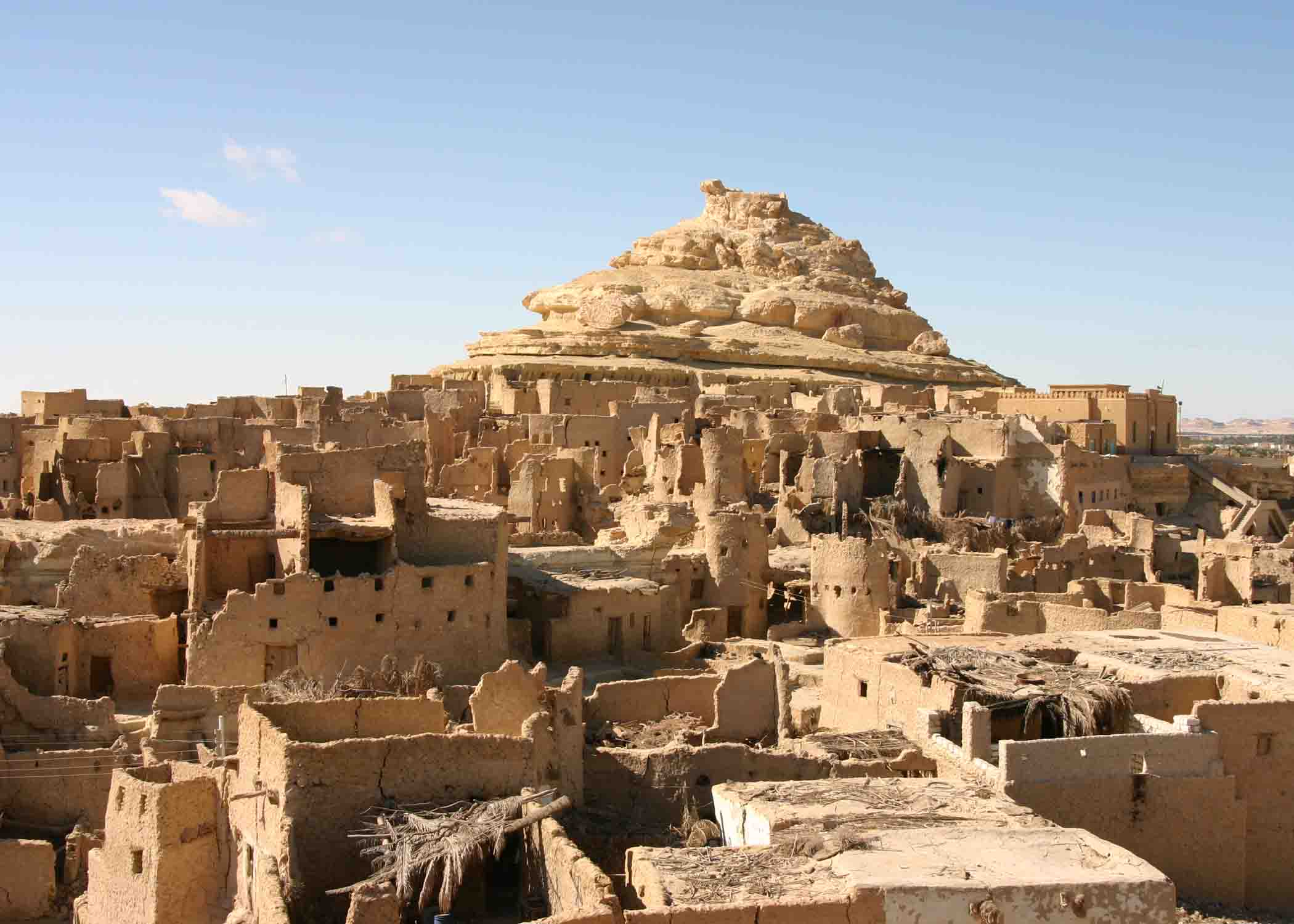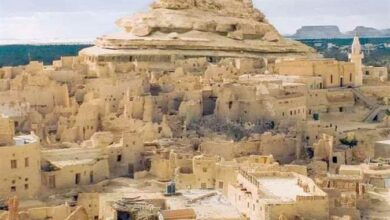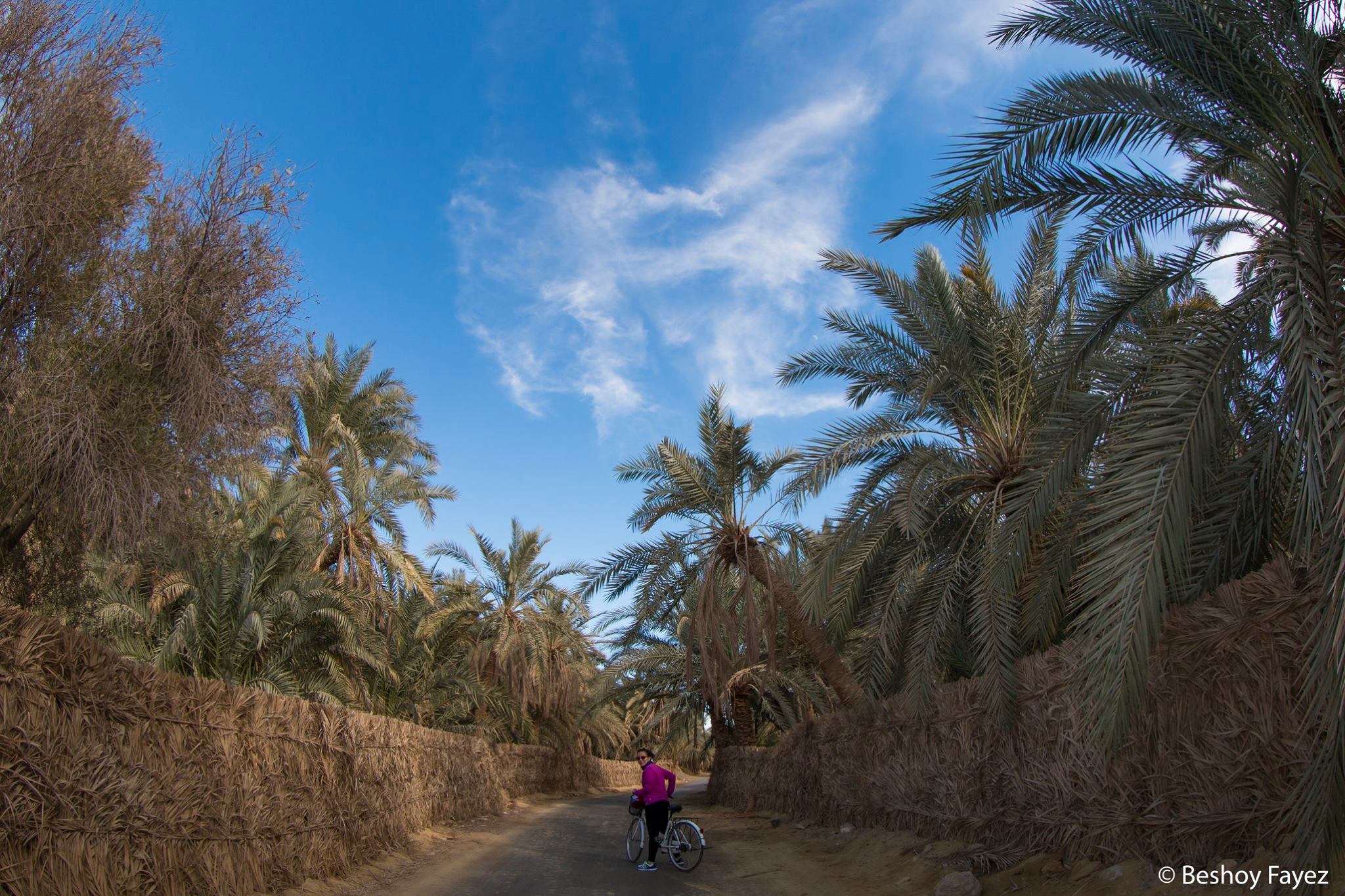
In an attempt to document and preserve part of Egypt's diverse architectural heritage, five young architects embarked on a journey to the Siwa Oasis, where they learned the local traditional building methods that employ a rare material salt-based called "karseef."
The architects earlier launched an initiative to learn the traditional methods of construction in various regions, after learning modern methods of construction with professors of the Faculty of Engineering.
Shaima Atef, one of the founders of the initiative that studies architectural heritage, found the sands of Siwa mixed with salt an attractive material for building, so she decided to accompany four of her fellow architects on a trip to the Siwa Oasis where they could learn how to build mud houses with their own hands.
"We decided to make Siwa our first stop because of its unique architectural heritage which does not exist in any other place and is more than 900 years old," said Shaima.
Shaima said construction in Siwa depends on a building material called karsheef, which is a mixture of salt, clay and sand, and only found in Siwa as it is formed on the shores of the surrounding salt lakes.
Along with the karsheef, the architects also used olive tree timber and palm trees to make a doors and windows.
The spread of concrete construction in Siwa led to a decline in construction using karsheef. Construction with karsheef has now become limited to tourist hotels, putting the traditional architecture in Siwa at risk.
Architecture in Siwa has a special and distinctive touch but construction with karsheef requires annual maintenance due to the high water level in Siwa, said fine artist Youssef Ibrahim.
Thus, the locals have now mostly resorted to easier forms of construction employing concrete and bricks, although construction with karsheef more aptly suits the continental atmosphere of the place, he added.
"Motivated to solve the problems of construction with karsheef, we established educational workshops before the start of construction to determine the causes of the problems," said Ibrahim.
Despite the engineering certificates the students received, Hamza, the oldest builder in Siwa supervised construction, was able to construct with karsheef much faster and more accurate due to his extended experience using the material.
"Although we are engineers, we made mistakes in construction. Hamza was able to correct the tilted walls without breaking them," said Monica Michelle, one of the participants in the initiative.
At the end of their journey, the five architects could build a house within six days. They left and prepared for another trip to another place where they could learn to use natural materials in construction.
Edited translation from Al-Masry Al-Youm




